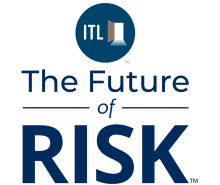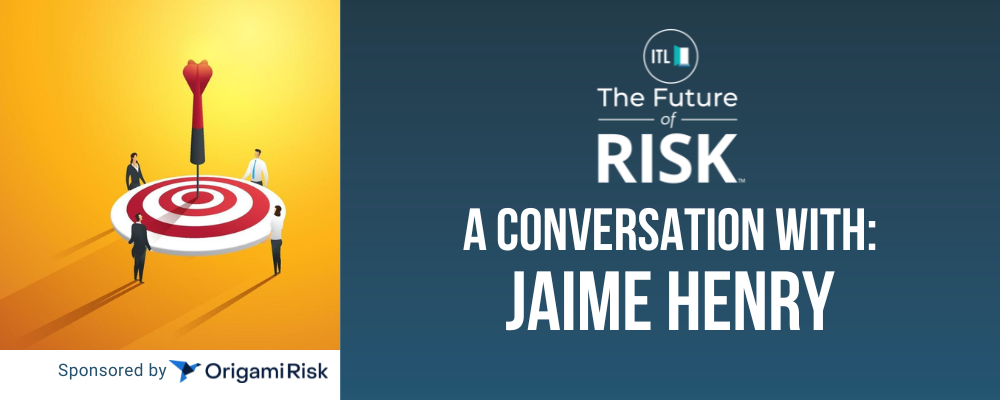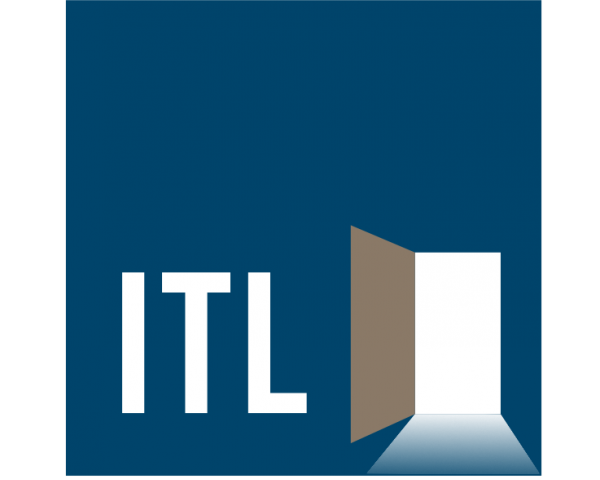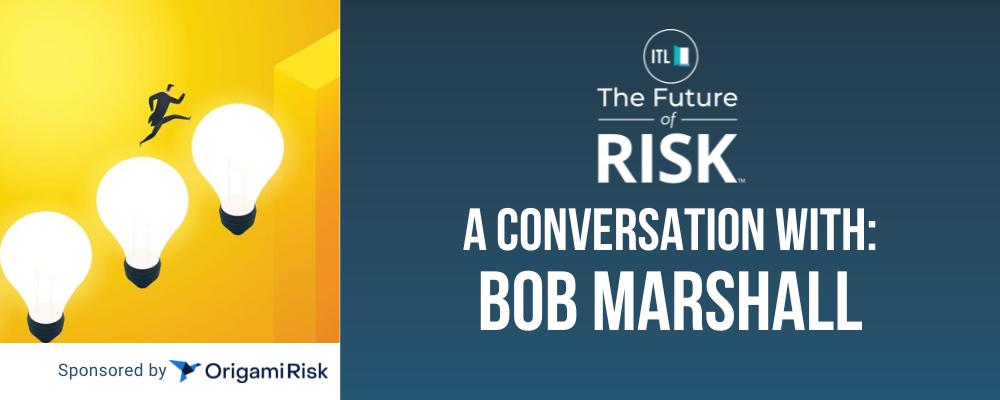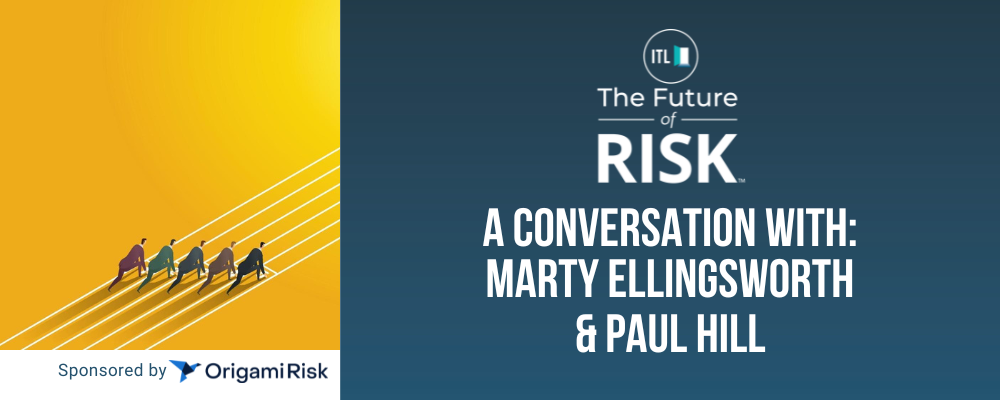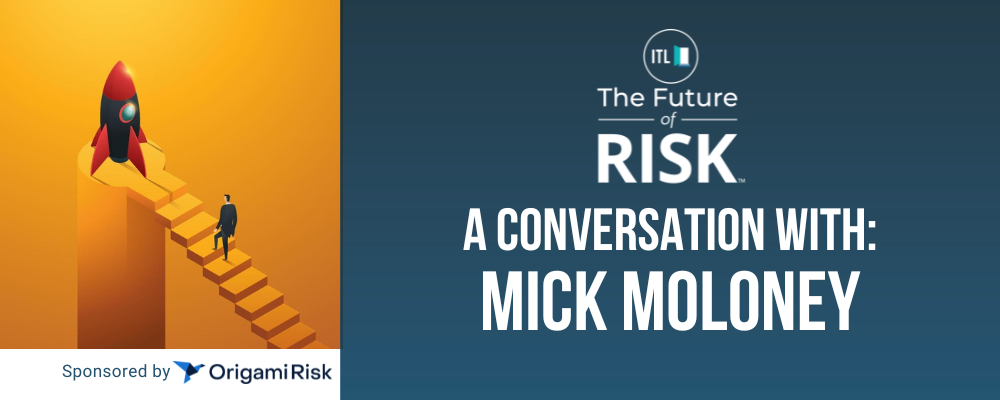 | Jaime Henry is the vice president of product at Origami Risk, driving product strategy and execution for the platform and each of the markets Origami serves. She has been a proud Origamian since 2015 and brings 20 years of client support, product management, and strategy experience to her work with both clients and colleagues. In her time at Origami, Jaime has worked as the director of market strategy, healthcare market strategy lead, and service delivery manager. Jaime received a bachelor’s degree in management information systems from Saint Mary’s College of Notre Dame, Indiana. |
Paul Carroll
So much of the focus on artificial intelligence concerns the rapid advancements in technology. But let’s start with what you’re seeing in terms of uptake.
Jaime Henry
This is something I've been particularly focused on: adoption. Generative AI represents a fundamental change in how we all work and live. It will make the timeline. When you look back at cloud, mobile, the internet becoming a thing, email—those are timeline moments. And we are absolutely in a timeline moment here with generative AI.
It does require a significant change in behavior, both at a consumer level as well as professionally. A comparable situation that I think about a lot is when GPS became mainstream. We started to transfer from getting used to maps and specific directions from MapQuest online that you'd print out. Then GPS arrived, and you went out and bought that separate device for your car. Now GPS is second nature for us. We know how to get from home to work, but I'll still use my GPS because it provides information about what’s happening on the route.
It makes my life a little bit easier. It saves some of my decision-making power for something bigger. I think about generative AI that way, as well.
But while interest over the past two-plus years has been very, very high, adoption has been very, very low.
We had those very early adopters, as you do with any sort of change management curve, and I think the masses are starting to use generative AI capabilities in their daily life, both personally and professionally.
Paul Carroll
How can you help users become more comfortable with exploring and adopting generative AI?
Jaime Henry
First of all, they have to feel safe. They have to feel like the results they're getting back are accurate. They also need to be confident that information they're putting in isn't going to be used in a way they're not expecting. For example, the most common question we get from our clients is, Are you going to use our data to tune or train models? And the answer is no.
To talk about that more tactically, we’ve had two launches so far this year that provide a sort of microacceleration for the adoption of AI. The first uses natural language processing within our Total Cost of Risk (TCOR) AI Analytics module. Users can literally ask a question in English about their data and get their answer. They don't really have to think about using AI. We just served them a better way to get access to their data.
The other thing we've done is an AI assistant for email. You can say, "Help me write this email." The AI automatically pulls in data from the claim record and populates the body and subject line of the email. One thing we did that kind of takes it to the next level, and again, provides that microacceleration by saving a little bit of time, saving some of that decision energy that we all need to conserve, is to help you figure out that subject line.
How much time do you spend trying to get the perfect subject line? I feel like there's a lot of brain processing power that goes there.
Paul Carroll
It feels to me like we’re all on a voyage of discovery with AI, that we’re collectively feeling our way toward the best answers. How do you collaborate with clients on AI implementation?
Jaime Henry
We’re working on what we're calling democratization of AI. We are building out capabilities that allow our clients to bring their use case to the table. For example, we know generative AI is spectacular at summarization and generation of content. I hear of a lot of use cases that are just specific variations of "I need to summarize this" or "I want to generate x, y, and z."
What we're working on doing is saying, Okay, you want to summarize, and this is the point in your business workflow where you need this summarization, and this is where you need the summarization to go, and this is how you need to interact with it. Perfect. I'm going to give you the technical workflow tools that allow you to define your business workflows and inject AI at the specific points where you need it.
We're going to give you some of those hard-coded AI capabilities, natively integrated into our platform, but we're also going to give you the capabilities to build out your own AI-infused workflows so you're not having to wait to deliver on the use case that makes the most sense for your business.
We'll have what we're calling "tiles." We may have a summarization tile, an email generation tile, or a tile to summarize a group of records. We might also have tiles to ingest a policy record or ingest a policy binder, for example.
We know there will be these broad areas with a number of preconfigured capabilities that each client will be able to put their own touch and spin on.
Let me give you an example from our insured clients. An executive committee needs regular readouts on high-profile claims, so a risk manager has to do summarizations. You have a week or two where everyone's getting their claim summaries updated in the expected format for the executive team, and the risk manager spends a lot of administrative time generating and reviewing that information manually.
With generative AI, we can fast-track that in an incredible way. The risk manager or claims adjuster needs their claim summarization to do their day-to-day job, but there's typically also a different set of information or a higher-level view that the executive team needs. Now we can automatically generate that with the latest information by putting together a workflow that says, "Generate the executive summaries for this group of claims."
I can target claims that have a certain flag, or maybe they're open with a reserve amount over $1 million, whatever the threshold might be.
We're taking what is a two-week process with numerous people involved down to an hour or two, all by inserting AI.
Paul Carroll
I love the tiles idea. It sounds like the object-oriented programming approach that has allowed developers to produce so many apps, so fast for our phones.
Any final thoughts?
Jaime Henry
We should talk about curiosity. With any software system, users typically sit on an incredible amount of data, and everyone struggles with how to gain truly actionable insights from it that allow meaningful change.
In the world of risk management and insurance, real people are involved, and real harm can occur. We know that with proper data analysis, you can reduce that harm.
We need to allow risk managers, users, adjusters, and executive teams to approach their data with curiosity and simply ask questions.
Compare this with today's approach: A typical dashboard or report is put in front of a risk manager, who looks at it and says, "This is great information, but I have a question."
They want to know more about a specific location during a particular time frame under certain circumstances. So the analyst digs in and perhaps a week later returns with updated reports and visualizations. The risk manager reviews this and says, "This is helpful. Now I have another question."
This cycle continues—we're getting insights, but it takes a long time. We want to reduce the need to be technically proficient to get reports and insights. Users need to be able to simply follow their curiosity, ask a question, drill deeper with follow-up questions, and get immediate answers.
Paul Carroll
That is a profound change. It’s already under way, and I can’t wait to see where we go from here.
Thanks, Jaime.

